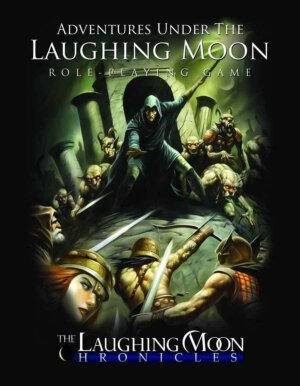
Author: Todd Vanhooser
Year: 2010
Players: Two or more
Ages: 12+
Category: Fantasy RPG
Pages: 174
Retail Price: $35.00 softcover, $12.00 PDF
Adventures Under the Laughing Moon (AUtLM) is a roleplaying game written by Todd Vanhooser, an author local to the Phoenix area, and is based on his Laughing Moon Chronicles series of books – although truth be told, I believe only one book has made it to print as of this writing: The Barren Twelve. The game introduces players to the world of Mythren where magic and danger are a part of everyday life. Prophecies warn of magical persecution and the rise of ancient powers. Shadows of evil threaten the lands as a call for heroes is sounded. The era in the history of Mythren in which the game takes place is the age of prophecy where magic is forbidden and a multitude of gods look to increase their presence, and of course power, in the world.
Let’s start off with what’s good about the book. First of all, the book is very nicely presented with plenty of well-done artwork as well as photography throughout. Everything is laid out in an orderly and logical fashion as well and the writing is alright.
Unfortunately, that’s pretty much the end of the kudos…
As Elliott will attest, I’ve no doubt owned and read through at least a hundred RPGs in my day – minimum. In that time I’ve seen some great ones, a multitude of average or mediocre ones, and few that were steaming piles of crap. Oh, I think I still lose sleep over those horrific RPGS. I have to say AUtLM barely falls into the middle category while teetering on the brink of slipping over the edge into the final “bad” category. I’m not saying I would lose sleep over the system though although the more I think about it the closer AUtLM moves toward that terrible ranking…
As I mentioned there’s loads of artwork and photography throughout but the problem here is there’s just too much of it. In my review of Marvel Heroic Roleplaying (MHRPG), a little while back, I talked about that fine edge a core rule book walks regarding an art to text ratio. MHRPG came damn close to crossing that line but, in the end, didn’t and I felt the buyer was getting enough content where it wasn’t an issue to prevent anyone from buying the game. Here, on the other hand, AUtLM honestly comes across as a bit of a gyp as not only is there too much artwork but the text font used is way too large which obviously artificially inflates the page count. Reading through the rulebook I felt the art was being used to mask the fact there isn’t a whole lot of game here. Or in a visual sense imagine sitting down in a restaurant and ordering a steak. When that steak arrives you find yourself looking at 2 oz. of meat buried under a pile of parsley. Sure, the garnish is nice but that’s not what I sat down to eat…
Or to use an old advertising tag from Wendy’s: “Where’s the beef?”
I’ll take a guess if you were to take all the graphics out of AUtLM and produce the text in a standard sized font you’d be looking at seventy pages or so, tops, instead of 174. I might even be shooting high with that seventy page estimate and I’m even including the various charts in my calculations. As a comparison I busted out some other RPGs from my collection, old and new, to take a look and nothing I paged through came anywhere near the ratio of graphics to text found in Laughing Moon. Even those that have a lot of art say like the aforementioned MHRPG or Legend of the Five Rings, still provided enough there there. L5R is especially crammed full of info in spite of the fact nearly every page has excellent artwork.
As far as the actual mechanics of the system, actions are based on a twenty sided die with various different dice used for damage and such. Characters have various attributes, skills, and so forth that you need to roll less than to succeed. AUtLM uses what is known as an exploding die mechanic (although it’s not called that here) regarding damage dealt, spell effects, and what not whereas if you roll the highest number on that particular die you get to reroll and add the new result to your original roll. There’s no indication if you get to reroll again if you hit the max on your second roll though. This is an example of much of the incomplete feel of the rules themselves as concepts of how to actually run the game seem to be glossed over or completely not present.
Here we have the basic fantasy character attributes, skills, and so on so nothing new there and AUTLM uses a “fate” system known as Bandu here that represents luck, good karma, whatever given to each player at the beginning of each session that they can use to make rerolls and add bonuses to the results. Once again, nothing that hasn’t been resented in loads of ways before. All the usual suspects are here as well as far as fantasy races and character classes too. Around seventy pages or so (including all the aforementioned graphic filler) are devoted to what I would consider the character creation process and make up the great majority of the book. The creation process isn’t well spelled out for new players either. Keep in mind this is coming from someone who’s played dozens of systems and read through many more and if I have a hard time wrapping my head around a concept this has to mean something.
The rest of the book is extremely light when it comes to other aspects and actual gameplay. The magic section is very sparse – surprising in a game with a fantasy setting – with each level having three sample spells included for your perusal. I understand a magic supplement was just released but for an initial core book to only have twenty one spells and a handful of magic items is kind of a cheat. The monster section is about the same with thirty monsters with most receiving about a paragraph of description and stats.
The section devoted to game play is all of twenty pages covering money, leveling up, critical hits, and so on.
The last thing I’ll touch upon is the setting itself. As in there isn’t a whole lot of info about it. The history of the game world is three pages in length with a few pages of adventure nuggets to mine as well. That’s about the extent of it. I don’t always base an RPG solely on the mechanics of the system as I don’t believe the “crunchiness” matters all that much in the end. There are plenty of titles out there based in fascinating settings that didn’t come packaged with the greatest of gameplay rules. Luckily, I have enough experience to run through a system to keep what I like, modify what I’m up in the air about, and cut or replace what I don’t care for in the end. AUtLM doesn’t even have enough info to even know what the setting actually is outside of the fact practicing magic has been outlawed.
The feel I get from AUTLM is of a group of friends who like role playing games, although maybe they haven’t played a whole lot of different ones, getting together and deciding to write their own RPG. The rules are heavy on the character creation side while providing very little in way of a magic system, character advancement, monsters, or the meat and potatoes of actually gaming the system. In the end I feel I’m looking more at the beta edition of an RPG as opposed to a finished product. Better yet, it’s more of a base concept of a game and not even a beta.
At the end of the day, when I review a role playing product, much of my final verdict is based on answering a very simple question: is this a game or adventure I feel like I want to play? Is there something interesting or compelling that – even though I might not want to run it – would make me look forward to sitting down at the table with that product? I have to say nothing with the core book for AUtLM jumps out at me to demand my attention. I know two new supplements have been, or are in the process of being, released. Both look to expand upon magic (arcane and divine) in the world of Mythren as far as I can tell. I’m certain most of this info should have been included in the core rule book but gamers interested in AUtLM are being asked to purchase these separately.
All in all nothing noteworthy is being brought to the table with Adventures Under the Laughing Moon in any way, shape, or form. The system itself is extremely poor as far as formulation, the mechanics are a mish-mash of concepts better utilized and presented in other games, while there’s only the barest of bones when it comes to an actual setting for the game world.
- Pre-order the Warhammer 40,000 Roleplay: Imperium Maledictum – Macharian Requisition Guide - Mar 14, 2025
- Gary Gygax’s Castle Zagyg Volumes #1-3 is Up for Crowdfunding for Troll Lord Games - Mar 14, 2025
- Blacklight Modern Horror Shadowdark Fueled RPG Passes 300% Funding on Kickstarter - Mar 14, 2025



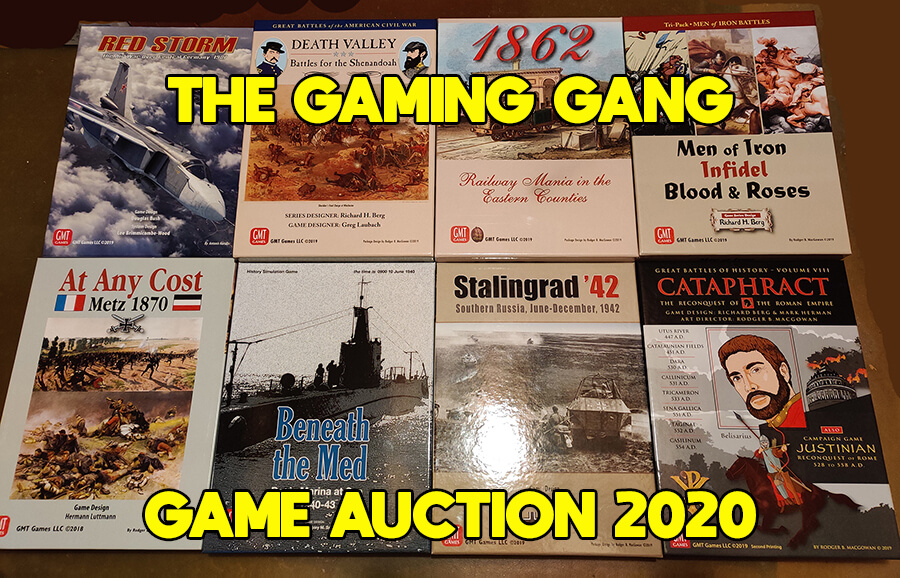
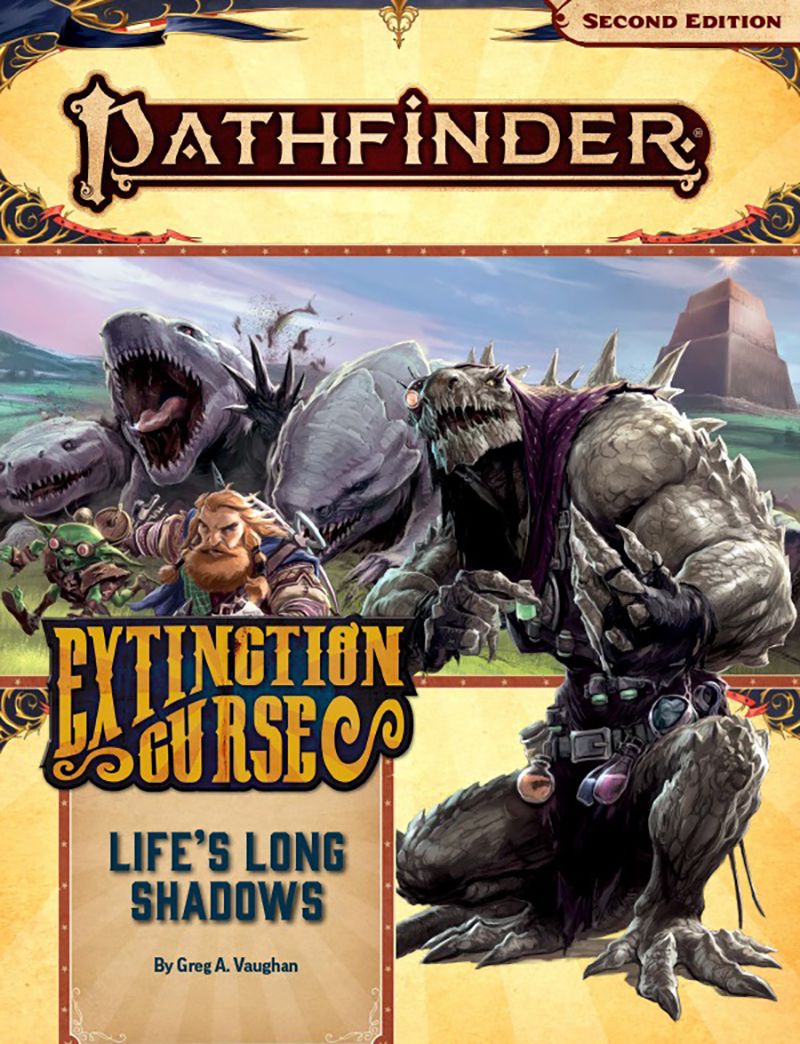
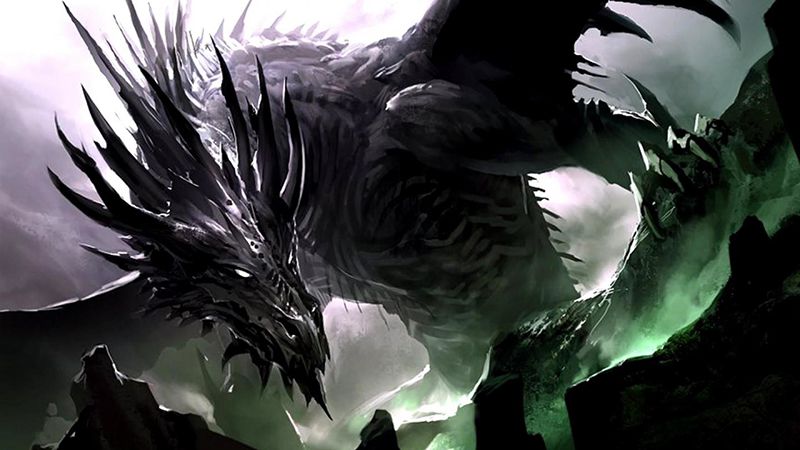
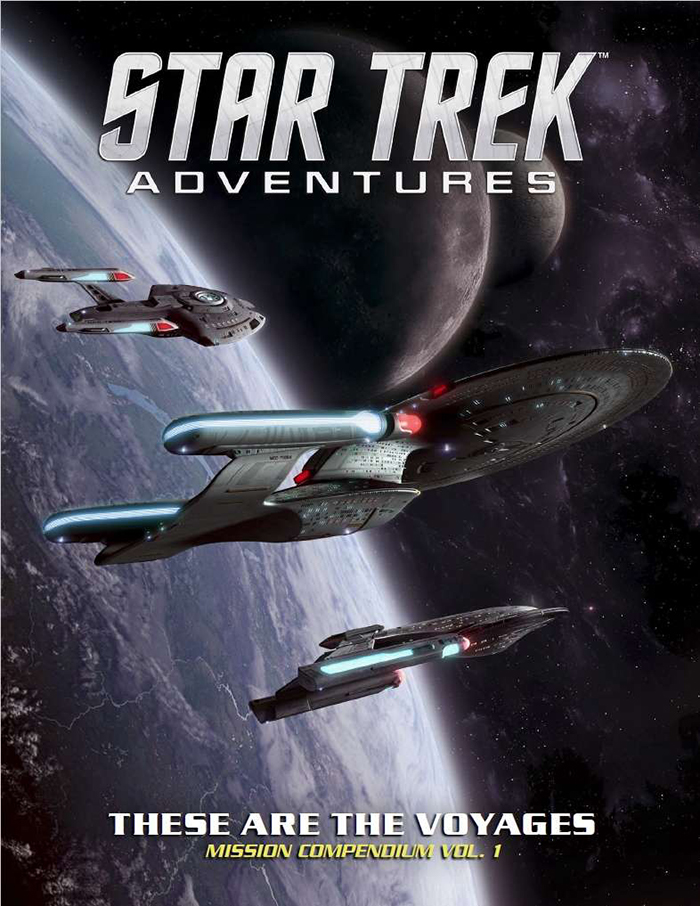


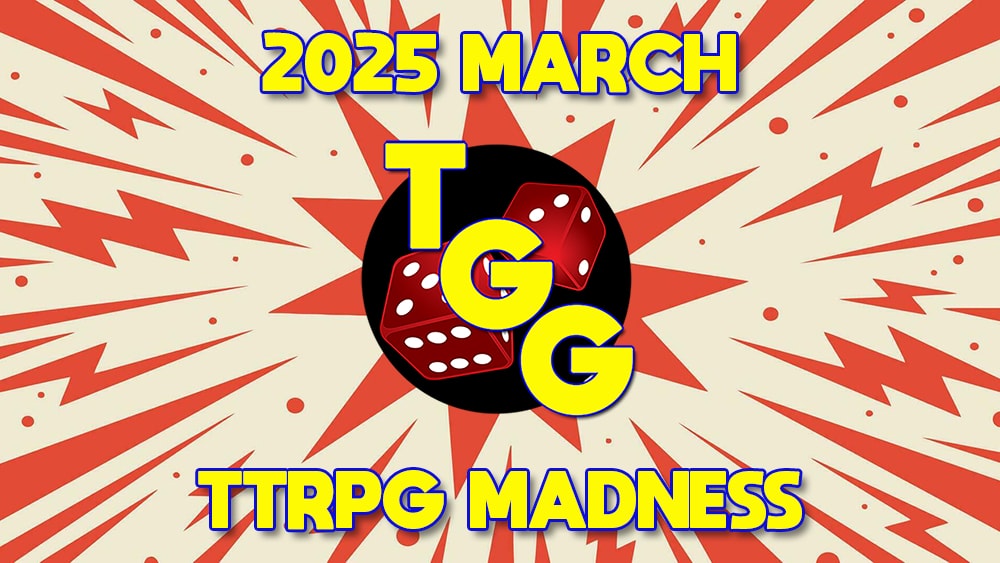

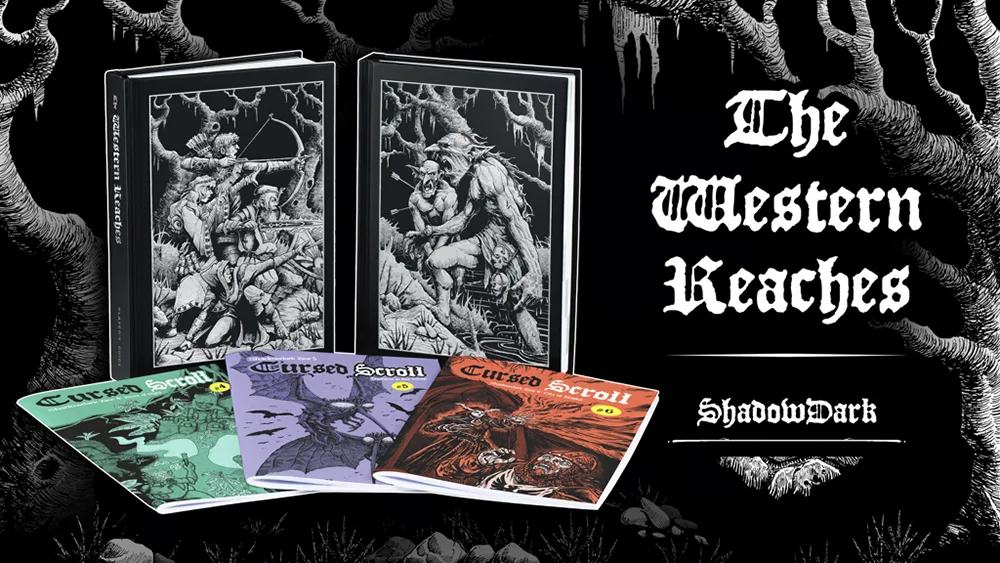
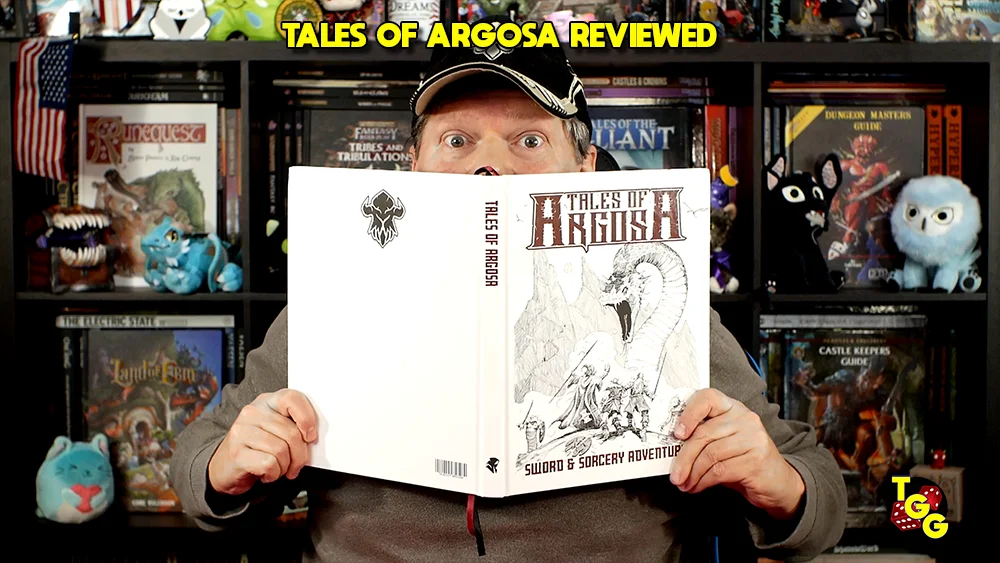






As the author of The Laughing Moon Chronicles I’d like to respond to the Gaming Gang’s review of the Laughing Moon RPG. To start off, it is not my intent to necessarily disagree with anything Jeff has written here, but rather to add context to the product he has reviewed.
In all honesty, I’m not sure why this review exists at all. My game is something that is somewhat known in the Phoenix metro area of AZ, but otherwise is dust in the gaming wind. My product is a self-published RPG. The game book is being compared to other mainstream games out there, and while that would be wonderful to have an actual gaming company backing up my setting and allowing true game designers to get their fingers into the clay of my world, that is simply not the case with what I have to offer.
When Jeff asked for a copy of the Adventures Under the Laughing Moon book to review, he did so right after an interview with me at a gaming convention in Phoenix. I thought at the time it was simply something he was going to tag onto the interview itself, probably use for a little background on the interview (I had just spent three days running games for roughly 25 high-school aged kids who had attended their first convention). I didn’t realize it was going to be a full blown review such as this. If I had realized it, and maybe I should have but in the post-con haze I can’t imagine I was thinking straight, I would have tried to set him up a little more for what he was about to read. Adventures Under the Laughing Moon is not a product being mass produced nationwide, or stocking your local gaming store’s shelves, so why would a full-blown review even be necessary? The only people likely to read this would be me, fans of the fiction, and possibly local gamers already enjoying the game.
First and foremost, Laughing Moon is a fiction series. As the writer of this series as well as the RPG, I am well-aware of what it provides to a customer. It was designed as an extension to the book series—something that new gamers might enjoy, or readers would want to play because it gave structure for quick and easy game play. Because I wanted to create a product that I could be proud of, and indeed I am proud of it despite what short-comings are noted in the review, I decided to create a full-color book complete with commissioned art that gamers (mostly new gamers, unlike Jeff who has spent a lifetime gaming) would enjoy. Because it is self-published, the cost of this book to me is expensive, which meant early on in the process I had to make difficult decisions if I wanted to produce something that my fans could afford.
With the artwork and full color interior, the cost of the book to me began to escalate quickly. I had to either produce a full 300 page book that would have to sell for over $50, or produce something smaller and rely on supplemental books to fill in the missing puzzle pieces. I didn’t think it was realistic or even possible to sell an independent, self-published game with a price tag of $50. The decision was made to produce the core rulebook that would give the basic structure for character creation, game mechanics, magic use, character classes, and a mini monster manual. Two major supplements, the Book of Arcane Spells and the Book of Divine Powers would later be published to provide necessary information for wizards and priests.
As for setting, as I mentioned previously the audience intended for the Laughing Moon game are fans of the series. Although Jeff points out that the book has only a few pages of background, monsters and setting, this was not an oversight for the RPG. Adventures Under the Laughing Moon is a supplement in itself. It is an extension of a fiction series. For setting and background, players can check out the books themselves. If that’s not enough, how about the blog maintained to provide extra classes, skills, races, unique settings, etc. And beyond that, I have a website that offers of free short stories all based in the Laughing Moon world. Sure I wish the core rulebook could be jam-packed with more information and designed by an army of former TSR employees eager to right the wrongs of Wizards of the Coast. That’s not the case, however. It’s sort of a unique creation in that it does rely so very much on the books. Is it a weakness?—certainly when reviewed as a stand-alone. Otherwise, it is what it was intended to be—an additional avenue for fans to pursue and enjoy their own adventures.
And just to save a little face here, the game IS something that has a growing number of local fans. My crew and I headline many of the local gaming conventions, and we run typically 3-4 six person tables for 3 sessions per day at these events. That’s a lot of gamers, and a lot of hours spent in the Laughing Moon world. Our gaming tables are always packed at these events, and the players that we have coming back time and time again to these cons are extremely enthusiastic and passionate about the game itself. As Jeff has pointed out in the review, it’s certainly not the mechanics of the game that makes them want to play Laughing Moon. I think that particularly for players new to the RPG scene, they simply enjoy the ownership they have over their own characters. They enjoy the story-telling that unfolds. And they enjoy the knowledge that the adventure doesn’t end at the table.
This doesn’t change anything that Jeff has written above, and it is not my intent to do so. But I hope that it does offer a little insight to the rather unique thing that it is.
I certainly don’t disagree with some of the points Jeff has made in his review, and I do appreciate the time he has given this review. However, I do feel that the review lacks necessary context. This isn’t a game designed for gamers like Jeff, who, as he points out in his review, has read countless other gaming systems and books and spent a lifetime rolling the dice. This is a game either for the complete new gamer, or Laughing Moon fans looking to expand a little on a series they enjoy.
I’m not sure what Mr. Van Hooser’s beef with Jeff might be. I’ve looked at Drivethrurpg and RPGnow and the game is for sale on both sites with no indication it is nothing less than a full fledged game product. There’s nothing that states this is just for a “completely new gamer” on the sites or Mr. Van Hooser’s own site either which according to Jeff’s review would not be correct because new gamers need all those extra rules and content in order to learn a roleplaying game.
I’m not aware of any roleplaying games out there that are supplements for fictional books that aren’t already set in a game setting like D&D or are full games in themselves like the Msitborn review right here on TGG.
I don’t think the rebuttal holds any weight and reads to me as someone is upset that his book didn’t get a good review.
I hope my first comment does not read as though I have any issue with Jeff. I don’t, and I respect his opinion very much. All I hoped to do was provide a little insight and context for what the Laughing Moon game actually is and where it comes from.
I’m pretty sure Todd didn’t have an issue with me at all. In the interests of full disclosure, I did want to point out when I was at Vul-Con 2012 and heard Todd was there I wanted to make sure I scored an interview because I’d been told about the game locally. After the interview I asked Todd if he’d like us to review the rule book and he offered the PDF version, whereas I pointed out we really appreciate a hard copy to review. I was then provided the rule book. Our policy here is not to simply ask for copies of games from companies but if they’d like us to review something they can feel free to provide whatever it may be.
To piggyback on Ace’s comment, I’m not sure how Todd cannot understand how the review exists because prior to it making it’s way onto the podcast he emailed me, in mid-April, to ask how things were coming along with the review. Todd was certainly looking for publicity for the game but, unfortunately, my overall impression of the book is rather low – as the review obviously states. For Todd to come across on our very own website and lead our visitors to believe he didn’t realize a “full blown review” was in the works, knowing full well there was as he followed up with me on when it would be ready, just smacks me as a little odd to say the least; especially when you take into account the podcast review aired six weeks after I posted our audio interview.
I’d rather our audience not be given the impression I would mislead anyone we deal with in any capacity because that is certainly never the case. Mr. Vanhooser was definitely aware that his game would be getting a standard TGG review regardless of what he states in his comments.
As Todd points out, he does provide additional background on the setting as well as a few extras on his websites but those still don’t change the overall presentation of the core book and – truth be told – really don’t tremendously expand on the game too much. I talked about Todd being very involved locally with AUtLM, on the podcast, and I know he is surely looking to create a viable role playing game with an interesting setting as he continues working on his fiction.
Who knows what we might see in the future with the game and it might turn out to be a good system. At this point in time though, it just isn’t.